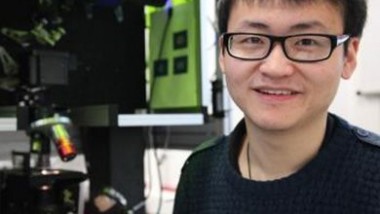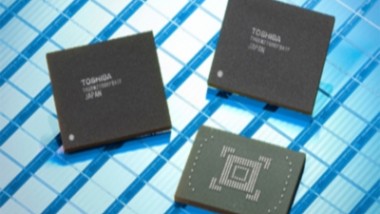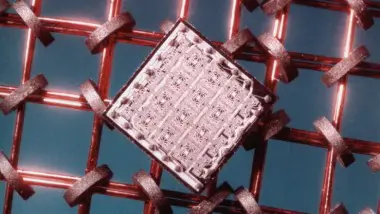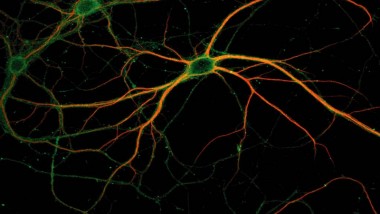Jingyu zhang in his lab (Credit: University of Southampton) Researchers from the University of Southampton used nanostructured glass to demonstrate recording and retrieval processes of five dimensional digital data using a super fast laser that can write up to 360 ...
Sleeping after you Learn will Help you Remember
Professor Jessica Payne from the (Credit: Notre Dame Department of Psychology) Leran – Sleep (Credit: University of Notre Dame) Researchers from the University of Notre Dame discovered that going to sleep after learning new information might be the best way ...
MIT Study Finds What Makes an Image Memorable
A study conducted by MIT researchers showed that the most memorable photos are those that contain people, followed by static indoor scenes and human-scale objects. On the other hand landscapes have been found to be beautiful buy fairly forgettable. A ...
Computer Scientists Break Terabyte Sort Barrier
Computer scientists from the University of California, San Diego, have recently reported setting a world-record, by sorting huge amounts of data in minimal time. This record might have significant impact on various industries that rely on data management, since the ...
Poplar Trees and the Density of Computer Memory
Scientists from the Hebrew University of Jerusalem, Israel, have recently reported the successful implementation of protein molecules obtained from the poplar tree in computer memory chips. Using silica nanoparticles, the team presented futuristic possibilities for memory expansion. Prof. Danny ...
New Alternative to Traditional Semiconductors
Researchers from Ohio State University have introduced innovative technology that allows manufacturing plastic computer memory devices. Their invention utilizes the spin of electrons – a known physical phenomenon – to perform reading and writing operations, and it could help produce ...
128 GB Flash Memory Package
Engineers at Toshiba Corporation in Tokyo, Japan have announced a new 128 GB Flash memory package, the highest capacity Flash memory chip ever created. Composed of 16 individual 8GB NAND chips with a controller in a single package, the new ...
Improving Chip Memory by Stacking Cells
Scientists at Arizona State University have recently announced an original method of significantly improving the memory capacity of electronic chips. Their technique, based on ionic memory technology, is very efficient since it relies on existing electronic materials, thus maintaining manufacturing ...
Memory Encoding Methods
Researchers at the University of California at Santa Barbara (UCSB) have uncovered a process used to encode memories in the synapse layer connecting neurons of the human brain. In order to ensure memories are encoded in the synapse and retrievable ...
Improving Chip Memory by Stacking Cells
Scientists at Arizona State University have recently announced a novel method to significantly improve the memory capacity of electronic chips. Their technique, basing on “ionic memory technology,” is especially efficient since it relies on existing electronic materials, thus maintaining manufacturing ...







